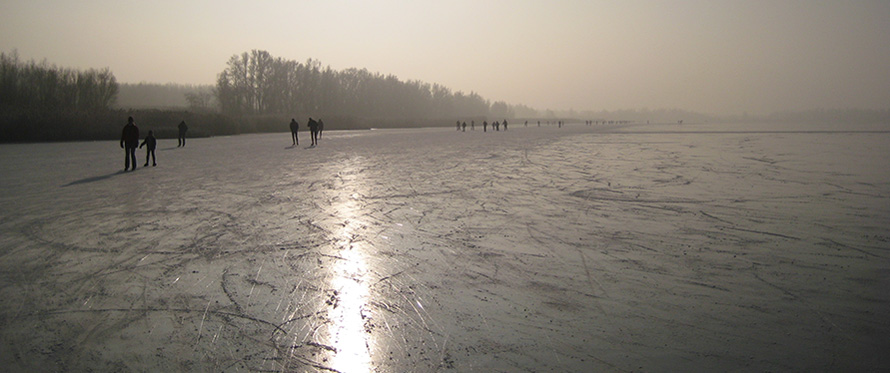The TADS-I is a clinician administered semi-structured interview to assess dissociative symptoms and other trauma-related symptoms. The TADS-I was developed by Suzette Boon as a follow-up to the Interview for Dissociative Disorders and Trauma-Related Symptoms (IDDTS) that she previously developed with Helga Matthess. The main objective of the TADS-I is to assess the severity and quality of dissociative symptoms and other trauma-related symptoms. Taking the interview should primarily lead to a statement about the presence of a dissociative disorder.
In addition to questions about the dissociative symptoms, the TADS-I also includes questions about other trauma-related symptoms, including sleep problems, eating problems, anxiety and mood complaints, symptoms of the (complex) post-traumatic stress disorder (PTSD and CPTSS). In this way, the researcher gets a broader picture of the complaints that someone is suffering from and their treatment can be tailored accordingly. Moreover, the interviewer can get an impression whether trauma-related symptoms occur together with dissociative symptoms.
A preliminary study of fifty interviews has now been conducted. The data from this is study are currently being analyzed.
In 2022 the book Assessing Trauma-related Dissociation, including the full TADS-I interview has been published in Dutch in the Netherlands. The English translation of this book and the TADS-I has been published in 2023 by Norton Publishers. At this moment there is also a Finnish and an Italian translation available. German and French and Ukrainian translations will follow. There will be more news about a Spanish translation of the book this year.
Although the interview is now available, a training is advised. If you are interested in following a training, you can contact me. Trainings are given regularly both online and in person. Please go to the page planning.
Earlier versions of the TADS-I are translated in Finnish, Norwegian, Swedish, German, French, Italian, Spanish, Polish, Estonian and Rumanian, Hungarian, Danish, Slovak and Russian and Ukrainian.


